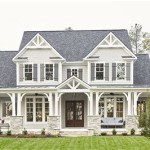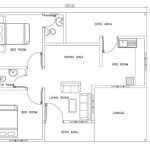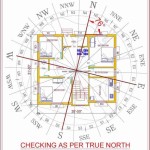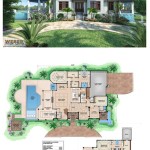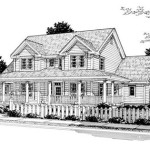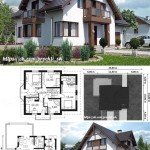Japanese House Design: Essential Floor Plan Aspects
Japanese house design embodies a unique blend of tradition and modernity, where floor plans play a pivotal role in shaping the overall harmony and functionality of the living space. Understanding the essential aspects of Japanese house floor plans is crucial for creating a harmonious and authentic Japanese-inspired home.
1. Engawa: The Transitional Space
The engawa is a crucial element in Japanese house design, serving as a transitional space between the interior and the exterior. It is a semi-outdoor area, typically elevated from the ground, and often surrounded by sliding doors or windows that seamlessly connect it to the living spaces. The engawa provides a buffer zone, allowing for natural light, ventilation, and a gradual transition between the built and natural environments.
2. Genkan: The Entryway
The genkan is the designated entryway in Japanese houses, serving as a dedicated space for removing shoes before entering the living areas. It is typically a small, recessed area, often with raised flooring and a sunken area for seating. The genkan helps maintain the cleanliness of the house by preventing shoes from bringing in dirt and moisture.
3. Washitsu: The Traditional Room
The washitsu is a traditional Japanese room that embodies the essence of Japanese architecture. It is characterized by tatami flooring made of woven straw, sliding shoji screens, and a raised alcove (tokonoma) for displaying artwork or calligraphy. The washitsu is typically used for formal occasions, tea ceremonies, or as a guest room.
4. Living Area and Dining Area
The living area and dining area in Japanese houses are often combined into a single space, creating a sense of openness and flow. Sliding doors or fusuma screens can be used to divide the spaces when necessary, allowing for privacy and flexibility. The living area typically features low furniture and cushions for seating, while the dining area may have a sunken kotatsu table for shared meals.
5. Kitchen and Bathrooms
Japanese kitchens are known for their efficiency and functionality, often incorporating built-in appliances and storage spaces. The bathrooms are typically compact, featuring separate areas for showering, bathing, and toilets. Japanese bathrooms often include onsen-style soaking tubs for relaxation and rejuvenation.
6. Natural Light and Ventilation
Natural light and ventilation are essential aspects of Japanese house design. Large windows and sliding doors allow for ample sunlight to enter the living spaces, creating a bright and airy atmosphere. The use of shoji screens and panels enables flexible airflow, while engawa and traditional gardens provide cross-ventilation, ensuring a comfortable indoor climate.
7. Harmony with Nature
Japanese house design emphasizes harmony with nature. Gardens, courtyards, and water features are often incorporated into the floor plan, bringing the outdoors into the living space. Sliding doors or windows that open onto gardens or terraces allow for a seamless connection between the home and its surroundings.
In conclusion, Japanese house design floor plans embody the principles of traditional architecture, prioritizing functionality, harmony with nature, and a seamless flow between indoor and outdoor spaces. By incorporating these essential aspects, one can create a Japanese-inspired home that reflects the unique aesthetic and cultural values of Japan.

Hachidori Floor Plan Traditional Japanese House Japan Design Home Plans

Japanese House Floor Plan Courtyard Google Search Traditional Style Plans

Japanese Home Design Ideas Pictures 331 Sqm Homestyler

Typical Home Layouts Differences Between Japan And Abroad

Traditional Japanese House Floor Plan Google Search Plans

The Layout Of Ground And First Floor A Traditional Japanese House Scientific Diagram

Traditional Japanese Home Floor Plan Cool House Plans Ideas Des Architecture Style

The Floor Plan Of Apartments In Japan Japanese Home Archi Designer

Traditional Japanese House Floor Plans With Drawings Upgradedhome Com

House Floor Plan Design Plans Traditional Japanese Container Home Style

